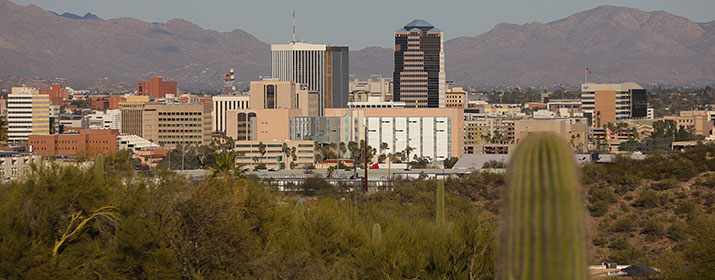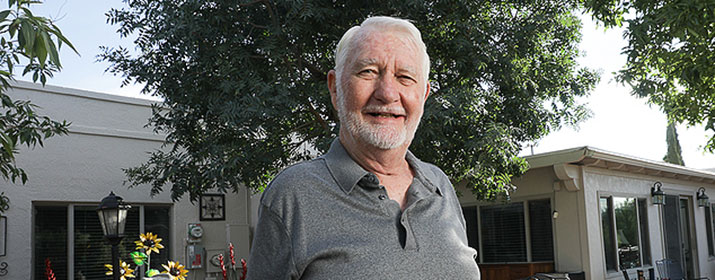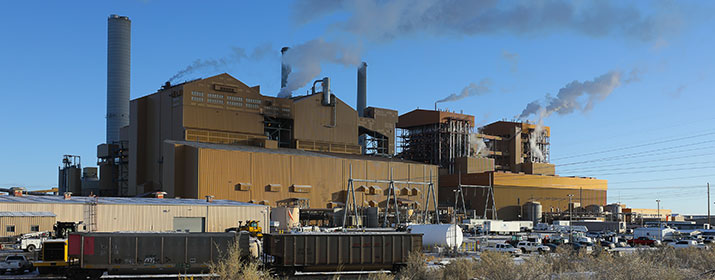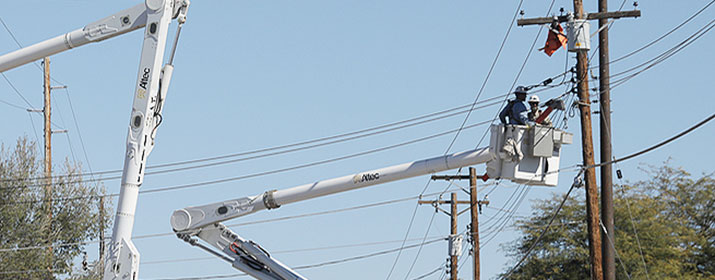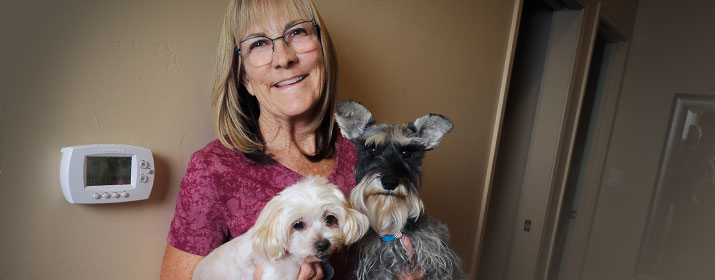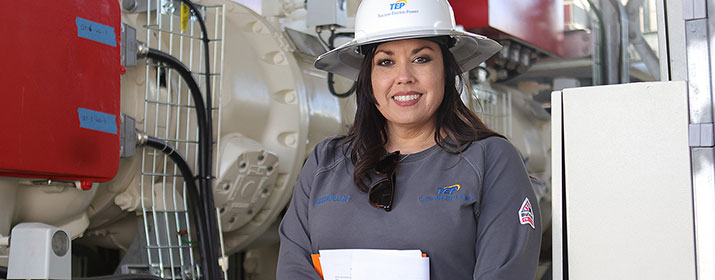
You probably don’t spend a lot of time thinking about substations. They’re not particularly glamorous, and they’re tucked away behind fences. But they’re critical waypoints on the path energy follows from TEP’s generating resources to your home or business.
Every part of our local energy grid and regional transmission system must operate in perfect synchrony. Our substations help us coordinate this complex choreography, keeping everything in balance. Here are three ways that this critical infrastructure helps make that happen:
Balance of power
Substations contain transformers that change electric voltage – essentially the pressure that pushes power through a conductor. We use higher voltages for longer-distance delivery of power because it reduces energy losses. But we must convert that energy to lower voltages to safely serve homes and most businesses.
That’s where substations come in. TEP’s 121 electric substations link higher- and lower-voltage sections of our system. Some house huge transformers linked to transmission lines operating at up to 500,000 volts – or 500 kilovolts (kV) – while other link lower voltage lines, down to 4 kV for typical local distribution circuits. (Be aware that all power lines are dangerous, regardless of voltage!) This process is crucial for ensuring that energy reaches your home safely and efficiently.
Inside the substations, a system known as a “bus” directs energy to different customer groups by splitting the power into multiple paths. These structures can take up significant space in a substation, as they must keep lines a safe distance from each other.
Preventing outages
Our substations play a crucial role in preventing outages and quickly identifying them when they do occur. They communicate vital information to our control center and other substations, providing real-time data that helps us make informed decisions and minimize outage durations.
Many of our substations are equipped with automated recloser devices, which function like circuit breakers in your home. When an issue arises, these devices temporarily shut off power and then automatically restore it if it’s safe to do so – sometimes within mere seconds or the blink of an eye.
Data from substations can help TEP’s system controllers identify the location of a problem that’s causing an outage. This targeted information allows our crews to focus their efforts and quickly locate any faults, which is especially important when the outage is affecting a long-distance transmission line.
Extending specialized expertise
Employees assigned to monitor and maintain our substations play a vital role in supporting electric reliability. Technicians spend most of their time in the substation yards, performing essential electrical and mechanical tasks. They use advanced technologies and computer programs for testing, troubleshooting, diagnostics, repairs, and routine maintenance.
To excel in their roles, Substation Technicians must be skilled in reading schematics, blueprints, instruction manuals, and following established procedures.
At TEP, we offer various positions that require specialized training and a deep understanding of our systems. To foster this expertise, some employees start as Substation Pre-Apprentices. After completing at least one year of training, they become eligible for a full apprenticeship. This apprenticeship consists of a comprehensive four-year program, divided into eight six-month steps, designed to build proficiency in all aspects of substation operations.
“Our team is proud of the work we do to keep your power reliable,” said Alberto Quinonez, Manager of Substation Engineering. “We value our customers for trusting us to keep the lights on.”

